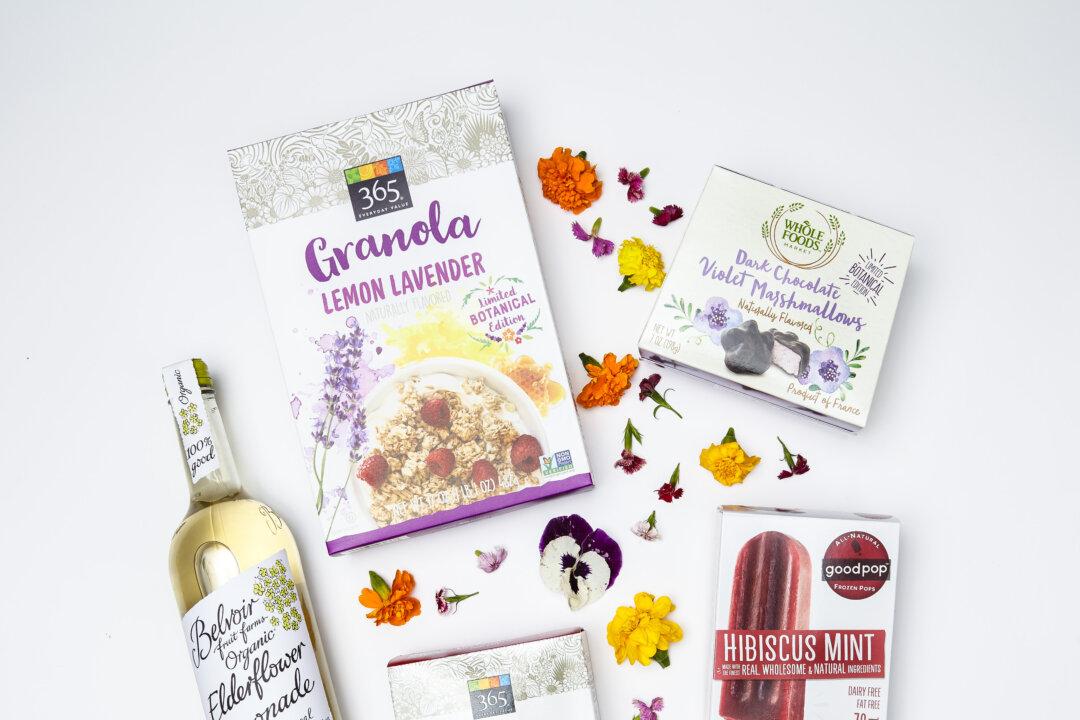Health and wellness, as well as sourcing and transparency, are only getting more important to consumers.
“You have a more educated consumer base interested in what they are putting in their bodies,” said Denise Purcell, head of content at the Specialty Food Association (SFA), where a panel of trendspotters identified key food trends for 2018.






